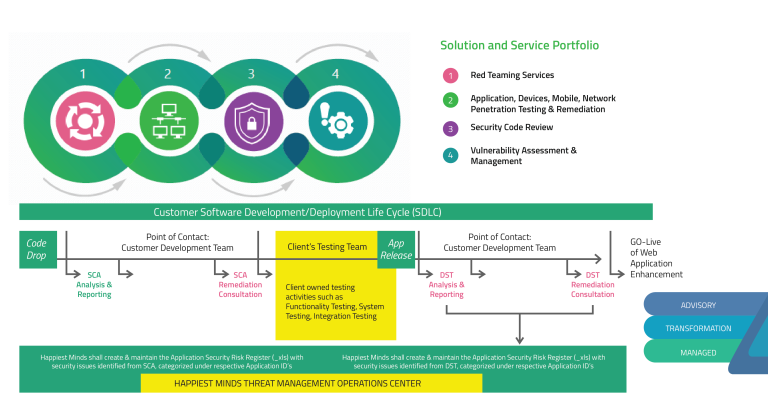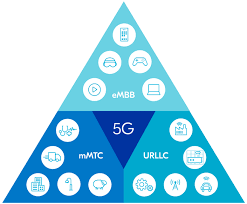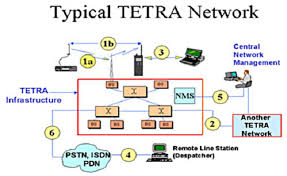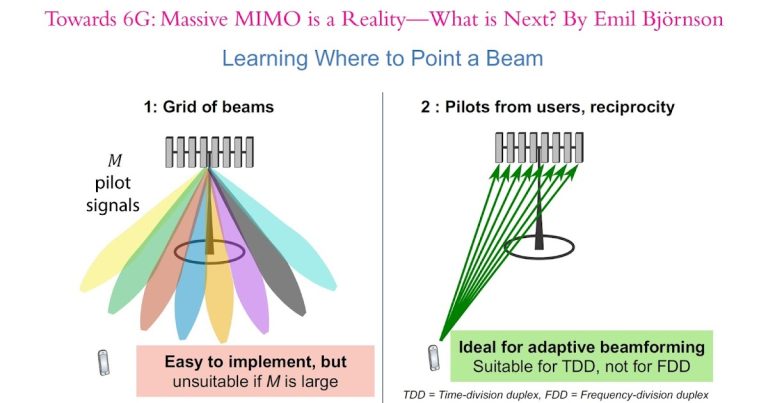VANC VoLGA: Definition and Role in LTE Access Networks
telcomatraining.com – Voice services remain a crucial aspect of mobile communications, even with the evolution of data-centric technologies such as LTE (Long-Term Evolution). One of the solutions developed to support voice services over LTE networks is VANC VoLGA (Voice over LTE via Generic Access). This article explores the definition, functionality, and role of VANC VoLGA in LTE access networks, highlighting its importance in ensuring seamless voice communication.
What is VANC VoLGA?
VANC VoLGA (Voice over LTE via Generic Access Network Controller) is a solution designed to enable voice services over LTE networks by leveraging the Generic Access Network (GAN) architecture. It allows LTE networks to support circuit-switched (CS) voice calls while maintaining compatibility with legacy mobile networks. VoLGA extends the principles of GAN, originally used in Unlicensed Mobile Access (UMA), to the LTE environment, ensuring that users can make voice calls over LTE without needing fallback mechanisms such as CSFB (Circuit-Switched Fallback).
How VANC VoLGA Works
VANC VoLGA functions by establishing a connection between LTE networks and the core infrastructure using a VoLGA controller. The key components involved in this process include:
- VoLGA Access Network Controller (VANC) – This acts as an intermediary between the LTE network and the core circuit-switched network.
- LTE Radio Access Network (RAN) – Provides high-speed connectivity for data and voice services.
- VoLGA Client – Installed on user devices to manage VoLGA-based communication.
- Core Network (MSC/CS Core) – The traditional mobile switching center used for circuit-switched voice calls.
The VoLGA protocol enables voice calls by encapsulating CS voice traffic within IP packets and transmitting them over the LTE network. The VANC then ensures seamless integration with the existing CS core network, allowing for call continuity and interoperability.
Role of VANC VoLGA in LTE Access Networks
VANC VoLGA plays a significant role in LTE access networks by addressing the limitations of LTE’s native lack of circuit-switched voice support. Below are some key roles it fulfills:
1. Ensuring Voice Continuity in LTE Networks
LTE was originally designed as an all-IP network primarily focused on data transmission. However, traditional voice services still require circuit-switched capabilities. VoLGA allows LTE users to access voice services without relying on alternative solutions like CSFB or VoLTE (Voice over LTE).
2. Simplified Network Transition
By using VoLGA, operators can leverage their existing circuit-switched core infrastructure while migrating to LTE. This ensures a smooth transition without requiring immediate investment in full VoLTE deployment.
3. Eliminating Call Drop Issues
Unlike CSFB, which may introduce latency and dropped calls when switching from LTE to 3G for voice services, VoLGA provides a seamless and consistent experience. Calls remain within the LTE network without unnecessary handovers to legacy networks.
4. Enhanced User Experience
VoLGA supports seamless voice and data services simultaneously, ensuring that users do not experience interruptions while browsing the internet or using applications during calls. This improves the overall quality of service compared to fallback solutions.
5. Reducing Deployment Costs for Operators
Operators that implement VoLGA can reduce costs associated with deploying and maintaining a separate VoLTE infrastructure. By utilizing VANC, network providers can extend their existing infrastructure while gradually moving toward VoLTE adoption.
Comparison: VoLGA vs. Other LTE Voice Solutions
To understand the significance of VoLGA, it is essential to compare it with other LTE voice solutions like CSFB and VoLTE:
| Feature | VoLGA (VANC) | CSFB | VoLTE |
|---|---|---|---|
| Voice Quality | High | Moderate | High |
| Call Setup Time | Fast | Slow | Fast |
| Network Handover | Seamless | May Drop Calls | Seamless |
| Infrastructure Cost | Low | Low | High |
| Data & Voice Simultaneously | Yes | No | Yes |
As seen in the table, VoLGA offers a strong alternative for LTE voice services, providing benefits such as high voice quality, seamless handovers, and lower infrastructure costs compared to VoLTE.
Conclusion
VANC VoLGA is a crucial technology that bridges the gap between LTE and traditional voice services by leveraging the Generic Access Network (GAN) approach. By ensuring seamless voice continuity, reducing call drops, and lowering infrastructure costs, VoLGA remains a viable solution for operators looking to support voice services in LTE networks. While VoLTE is becoming the industry standard, VoLGA provides a valuable transitional technology for network operators worldwide.
As LTE networks continue to evolve, the role of VoLGA in ensuring reliable voice communication will remain relevant, particularly in markets where VoLTE deployment is still in progress. Operators must evaluate their network strategies carefully to optimize voice service delivery and enhance user experience in the LTE era.







